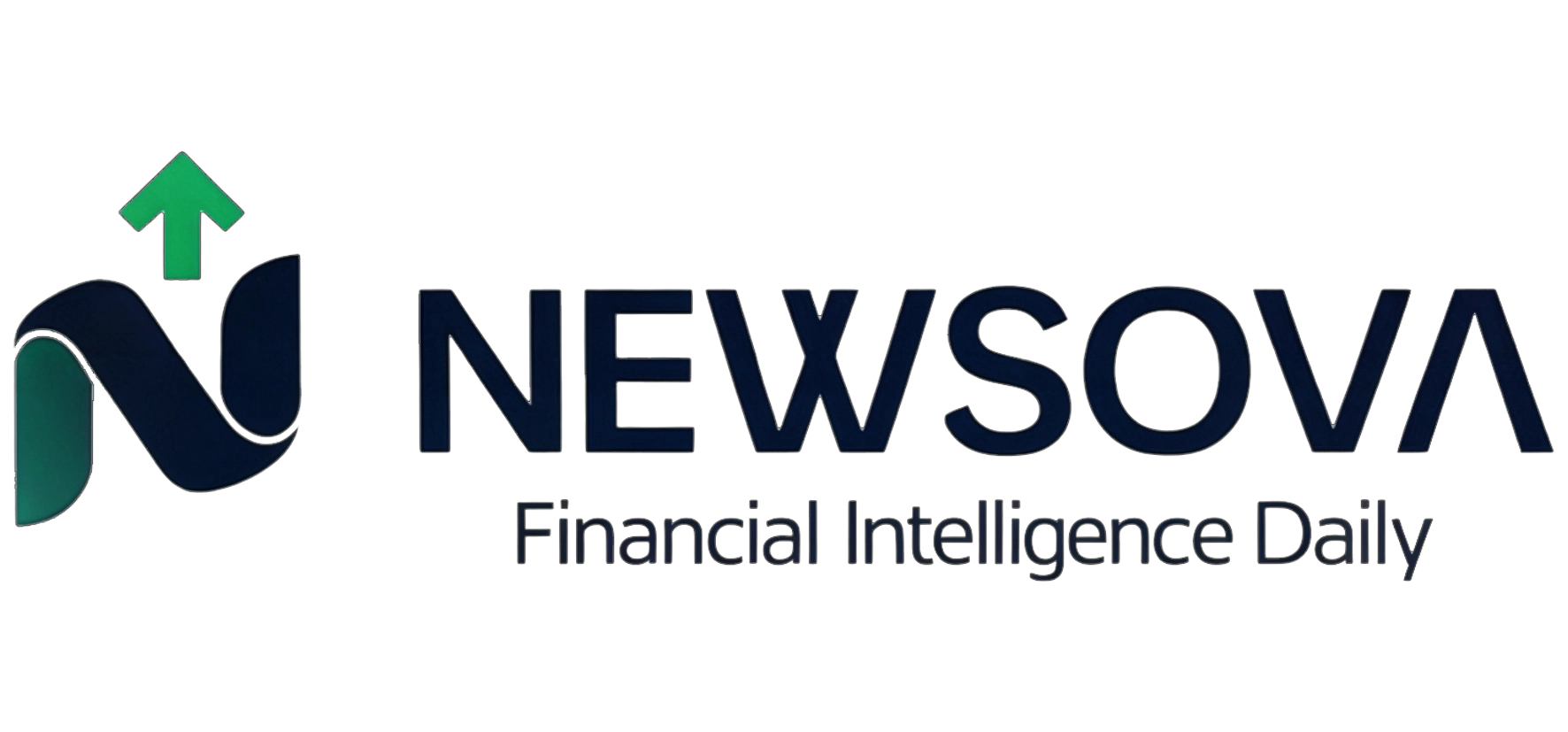Are you worried about having enough money for your golden years? You’re not alone. Most Americans aren’t saving enough for retirement, but the right retirement planning tools can make all the difference. Today, I’m pulling back the curtain on seven powerful retirement planning tools that financial experts don’t always share with the average person.
Table of Contents
Why Retirement Planning Tools Matter More Than Ever
The days of relying solely on Social Security are long gone. With people living longer and the rising cost of healthcare, having a solid retirement strategy is crucial. The right retirement planning tools can help you visualize your future, identify gaps in your savings, and create a roadmap to financial freedom.
Let’s dive into these game-changing retirement planning tools that can transform your financial future!
7 Must-Have Retirement Planning Tools for Financial Security
1. Monte Carlo Simulation Calculators
Most basic retirement calculators give you a single number, but Monte Carlo simulation tools show you thousands of possible scenarios based on market volatility.
Why it’s explosive:
- Runs your retirement plan through 1,000+ market scenarios
- Shows probability of success rather than a simple yes/no
- Helps you prepare for worst-case situations
Top tool options:
- Personal Capital’s Retirement Planner:
- Pros: Free to use, intuitive interface, links to your actual accounts, provides detailed reports
- Cons: Requires account creation, frequent advisor calls, less customization than paid tools
- Vanguard’s Retirement Nest Egg Calculator:
- Pros: Simple to use, no account required, adjustable market simulation settings
- Cons: Limited input options, no tax considerations, basic visualization only
Don’t settle for simple calculators that can’t account for market fluctuations. Monte Carlo simulators give you a realistic picture of your retirement readiness.
2. Social Security Optimization Software
Did you know claiming Social Security at the wrong time could cost you hundreds of thousands of dollars? Most people claim too early!
Why it matters:
- The difference between claiming at 62 vs. 70 can be over $100,000
- Married couples have 81 different claiming strategies available
- Most financial advisors don’t fully optimize this decision
Best retirement planning tools for Social Security:
- Maximize My Social Security:
- Pros: Created by an economics professor, detailed analysis, includes survivor benefits, precise to the dollar
- Cons: Annual fee ($40-$250), somewhat technical interface, requires full earnings history
- Social Security Solutions:
- Pros: Multiple service tiers available, personalized reports, advisor support option
- Cons: Higher price point for full features, may push premium options, less technical depth
These tools analyze your exact situation and show you how to maximize your lifetime benefits—something generic advice simply can’t do.
3. Tax-Efficient Withdrawal Calculators
Having money saved is only half the battle. Knowing how to withdraw it tax-efficiently can make your money last years longer!
Why experts keep this quiet:
- Strategic withdrawals can reduce your lifetime tax burden by 15-30%
- Most advisors focus on accumulation, not distribution
- Tax planning is complicated but extremely valuable
Top tax-efficient withdrawal tools:
- i-ORP (Intelligent Retirement Planner):
- Pros: Free version available, academic approach, focuses on mathematical optimization
- Cons: Not user-friendly, minimal visual design, limited support, steep learning curve
- Income Strategy:
- Pros: Beautiful visualizations, detailed tax analysis, Roth conversion planning
- Cons: Subscription required, complex interface, best with advisor assistance
With these retirement planning tools, you’ll learn exactly which accounts to tap first and how to minimize taxes throughout retirement.
4. Health Cost Projectors
Healthcare costs are the #1 retirement expense most people underestimate. These tools show you what to really expect.
Why it’s essential:
- The average couple needs $315,000 just for healthcare in retirement
- Medicare doesn’t cover everything
- These costs increase at 2-3× the rate of general inflation
Best healthcare planning tools:
- HealthView Services:
- Pros: Highly detailed healthcare cost breakdowns, medical condition adjustments, inflation modeling
- Cons: Primarily sold to financial advisors, expensive for individuals, data-intensive input required
- Fidelity’s Health Care Cost Estimator:
- Pros: Free to use, simple interface, backed by extensive research
- Cons: More general estimates, fewer personalization options, limited to basic scenarios
Don’t let medical expenses derail your retirement. Use these retirement planning tools to budget properly for healthcare.
5. Retirement Income Flooring Calculators
Creating guaranteed income streams is crucial for peace of mind. These tools help you build a “retirement paycheck.”
How it works:
- Helps calculate your essential expenses
- Shows how to create guaranteed income to cover these needs
- Reduces anxiety about market fluctuations
Recommended tools:
- Income Discovery:
- Pros: Sophisticated modeling, product-agnostic recommendations, compares multiple strategies
- Cons: Professional-focused platform, less accessible to individual consumers, higher learning curve
- Income Strategy:
- Pros: Integrated withdrawal and income planning, comprehensive visualization, tax-smart analysis
- Cons: Subscription fees, complex for beginners, some features require advisor expertise
Build a solid foundation with these retirement planning tools so market drops won’t keep you up at night.
6. Longevity Calculators
Running out of money is scary, but these scientific tools help you plan for your actual life expectancy—not just average statistics.
Why this matters:
- General life expectancy tables are often misleading
- Your family history, lifestyle, and health factors create a unique profile
- Planning for the wrong timeframe is a major risk
Best longevity projection tools:
- Blueprint Income’s Longevity Calculator:
- Pros: Easy to use, quick results, no account needed, health and lifestyle focused
- Cons: Promotes annuity products, less scientific depth, limited health factor inputs
- Living to 100 Life Expectancy Calculator:
- Pros: Created by longevity researchers, 40+ factors considered, personalized feedback on improvements
- Cons: Requires email sign-up for full results, longer questionnaire, some questions feel invasive
These retirement planning tools provide personalized projections based on your specific health factors and family history.
7. Retirement Lifestyle Visualization Tools
Money is just a means to an end. These tools help you plan the retirement you actually want to live.
Why visualization matters:
- Helps identify your true retirement goals
- Allows realistic budgeting for activities you value
- Makes saving more motivating when tied to specific dreams
Top visualization tools:
- RetireGuide by Betterment:
- Pros: Clean, modern interface, goal-based approach, location cost adjustments
- Cons: Requires Betterment account for full access, pushes their investment services, limited lifestyle inputs
- NewRetirement Planner:
- Pros: Comprehensive lifestyle and financial integration, regular updates, active community
- Cons: Free version has limitations, premium subscription for full features, overwhelming detail for some users
Don’t just save blindly—use these retirement planning tools to create a vision for your ideal retirement lifestyle.
How to Get Started With Retirement Planning Tools Today
The best time to start retirement planning was 20 years ago. The second-best time is today! Here’s a quick action plan:
- Assess your current situation with a comprehensive retirement calculator
- Identify your biggest planning gaps (savings rate, investment allocation, etc.)
- Choose 1-2 specialized retirement planning tools from this list to address those gaps
- Set calendar reminders to review your plan quarterly
- Consider working with a fee-only fiduciary advisor who can help you use these tools effectively
FAQs About Retirement Planning Tools
Are free retirement planning tools as good as paid ones?
Free tools can be helpful for basic calculations, but paid retirement planning tools typically offer more sophisticated analysis, especially for tax optimization and Social Security claiming strategies.
How often should I revisit my retirement plan?
At minimum, review your retirement plan annually. Major life events like job changes, inheritance, or health issues should trigger an immediate review.
Can retirement planning tools really predict my future needs?
No tool can perfectly predict the future, but quality retirement planning tools use historical data and probability analysis to give you a realistic range of potential outcomes.
Do I need different retirement planning tools at different ages?
Yes! In your 20s-30s, focus on savings rate tools. In your 40s-50s, use investment allocation tools. In your 50s-60s, prioritize Social Security optimization and tax-efficient withdrawal tools.
Your Retirement Transformation Starts Now
The difference between a stressful retirement and a secure one often comes down to proper planning. These seven retirement planning tools can dramatically improve your financial future—if you take action now.
Don’t wait until it’s too late. Choose one retirement planning tool from this list and spend 30 minutes exploring it this week. Your future self will thank you.
Which retirement planning tool will you try first? Share in the comments below, or if you’ve used any of these tools, let us know your experience!

